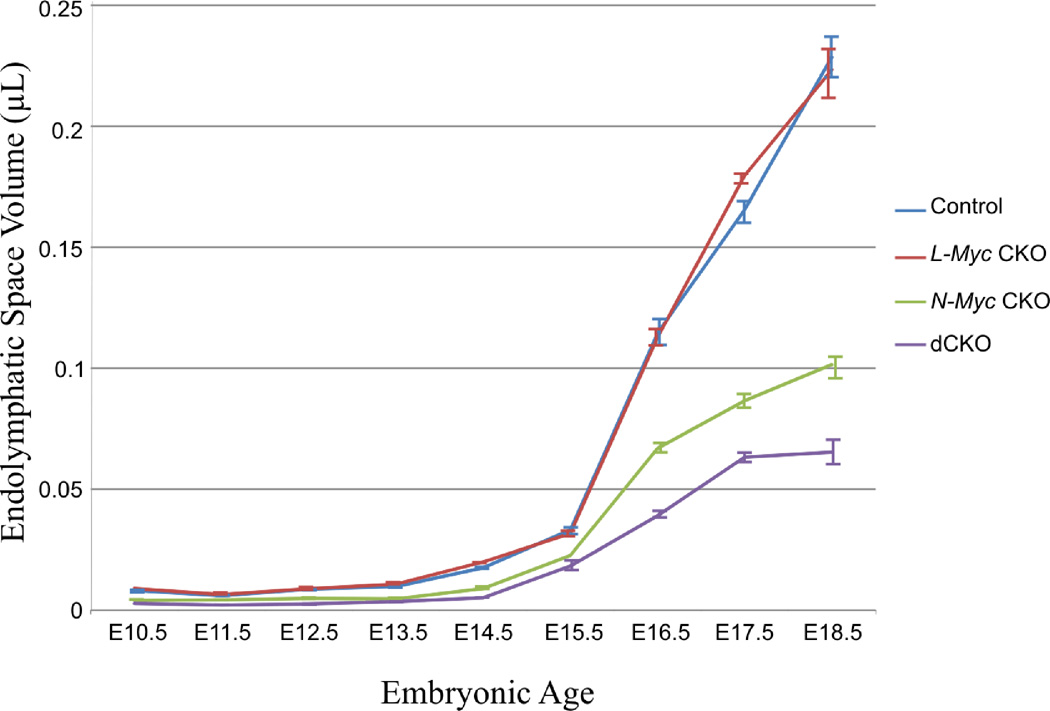Figure 2. Comparisons of inner ear endolymphatic space development in absence of N-Myc and L-Myc by three dimensional reconstructions.
In general, there is a slow increase in overall endolymphatic space from E10.5 to E15.5. However, from E15.5 to E18.5, after the formation of the utriculosaccular foramen and ductus reuniens, there is a dramatic increase in endolymphatic space in all ears. In all ages, L-Myc CKO (red) mice have very similar volumes as in control (blue). N-Myc CKO (green) and dCKO (purple) both mice have substantially reduced volumes at all time points, however this change is even more remarkable after E15.5 and the volume remains reduced more in dCKO compared to N-Myc CKO. Moreover, the endolymphatic space in dCKO mice was significantly reduced (p<0.05) compared to control at all time points except at E10.5 (as E10.5 dCKO N=1). Error bars are standard error of the mean. Number of ears at E10.5, E11.5, E12.5, E13.5, E14.5, E15.5, E16.5, E17.5, and E18.5 for control: 3,3,8,6,3,4,4,5,and 4; for Pax2-Cre N-Myc f/+ L-Myc f/f: 1,2,3,3,3,3,2,3, and 2; Pax2-Cre N-Myc f/f L-Myc f/+: 3,3,2,4,2,1,3,2, and 4; dCKO: 1,3,4,7,2,2,3,5, and 2.

